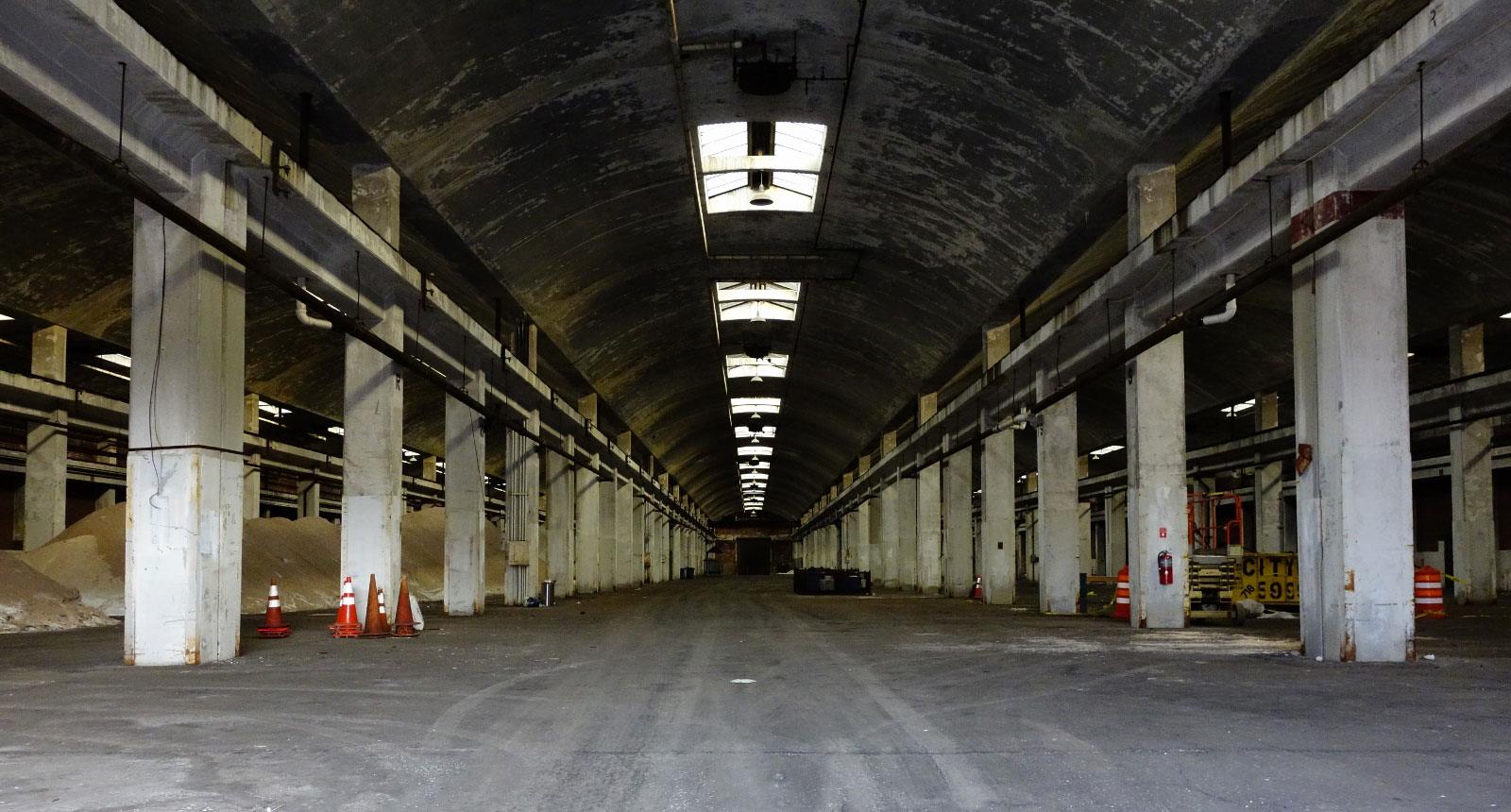jsthntn247
Well-Known Member
- Joined
- Jan 14, 2009
- Messages
- 887
I bought a 7ss off a buddy that had 100 rounds on it. 2 firings on 50rnds of brass. Shot it yesterday and today for the first time. Yesterday I was lazy and just ran a brush through the neck, resized the brass, primed and loaded. When seating bullets some were extremely hard and all were hard. My seating depth varied by .010. I took them to the range and best I could get was .75" with some being 2". Knew it wasn't the gun so last night I annealed the brass, ultrasonic cleaned it, dried it in the oven, lubed the necks with spray dry film graphite, resized, trimmed and chamfered, primed and loaded. This time all bullets seated within .001. I took the same loads (powder and seating depths) as the day before and the largest group was .75" and the smallest was a ragged hole. Hate to have to use competition prep for hunting loads but guess if it works, it works. Hope this helps someone else if they are having issues with a rifle. Oh, I do have an automatic annealer but didn't feel like getting it out and setting it up so I just used a drill and socket over a torch, something that anybody can do.

